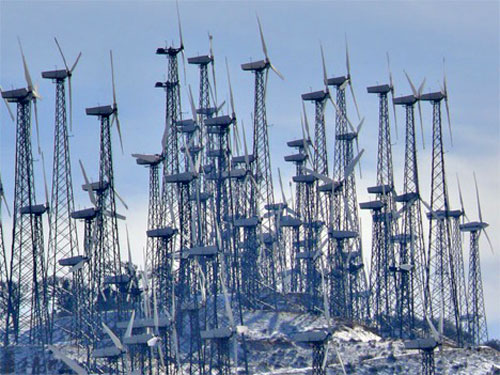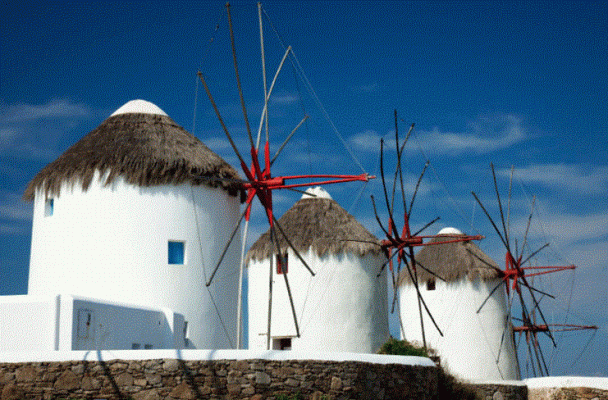So they have to wipe off the bird guts from the blades?

NW, that sounds like the tankless water heaters that some companies were pushing over here in CA.
I considered it because my upstairs shower takes awhile to get heated water but was told they wouldn't necessarily get me hot water faster.
It wasn't cheap either but then again, water heaters aren't cheap as they used to be either.
In European cities, they don't have room for big water heaters. Often they have these little tanks in the bathroom.
That's still not as bad as some Asian bathrooms you see on HH International, where they're running these electric heaters in the shower stall with wires running from there to an outlet.

I imagine it could also be a problem in those old buildings in cities like NY where the rooms were converted to individual condos. Again, no place to put water heaters into each unit so what do they do, run an old style boiler in the basement or the roof and pump the water throughout the building?


